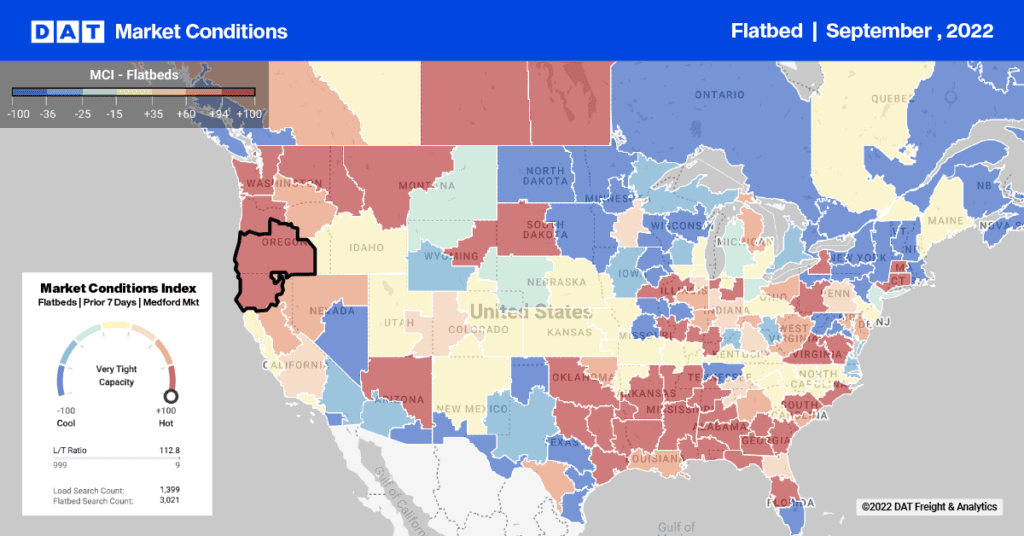 Although the Hours of Service regulations imposed nine months ago may seem like a carrier issue, anything that affects carriers—and their bottom line—in turn affects brokers.
Although the Hours of Service regulations imposed nine months ago may seem like a carrier issue, anything that affects carriers—and their bottom line—in turn affects brokers.
My recently-release white paper confirms that the introduction of new HOS rules on July 1, 2013 had a meaningful impact on spot market freight rates, and by extension, contract rates. The most significant impact, however, was seen in those lanes that were already at or near the time limit for a single day or two-day trip prior to the new legislation.
Here are my key findings:
- Truckload Rates Rose 1.1% in 10 Weeks – Truckload rates increased 1.1% from July 1 through mid-September 2013, following the onset of new Hours of Service regulations, compared to the preceding ten-week period from mid-April through the end of June.
- Rates Rose 3.0% in HOS-Sensitive Lanes – Rates rose 3.0% in those lanes where total transit times were most likely to change due to HOS impact. In all other lanes, rates rose only 1.1%.
- Increases Countered Seasonal Norms – Other factors might drive rate changes, including normal seasonal trends. However, it is typical for rates to decline in the third quarter. HOS rules appear to have counteracted the normal seasonal trends in Q3 2013.
- Intermodal Competition Suppressed Rates – Competition from lower-priced rail intermodal carriers would be expected to keep rate increases to a minimum in lanes where intermodal can substitute cost-effectively for truckload transportation. When the intermodal-competitive lanes were omitted, rates rose 1.6% in the remaining lanes instead of 1.1%, after the HOS introduction on July 1. The intermodal results were corroborated in both the spot market and contract rate data bases of DAT RateView™.
- Rate Increases Don’t Cover Lost Productivity – Numerous analysts, including the American Transportation Research Institute, Transport Capital Partners and the Transportation Intermediaries Association, have estimated that for-hire carriers have lost as much as 3.3% or more of their productivity due to the new HOS. So far, rate increases do not appear to be compensating carriers fully for operational losses that can be attributed to the new rules.
To read the complete study, download the white paper now.


